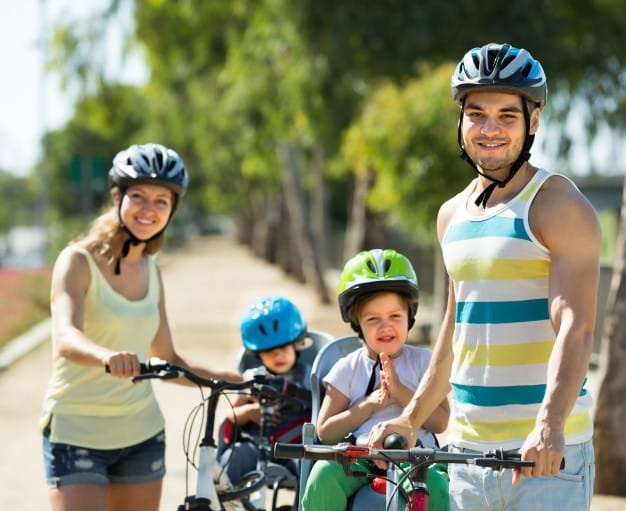Cycling Accidents and Covid 19
Should we be concerned about an increase in cycling accidents? Covid 19 has caused an unprecedented spike in the number of cyclists on our streets. Whether they are commuters avoiding public transit, fitness enthusiasts who have lost access to their regular activities, or folks looking for a socially distanced activity, people have been turning to a two-wheeled mode of transport in record numbers.
We were unable to find Canadian numbers, but in the United States, sales of bicycles increased 75 percent in 2020. That’s an incredible surge in bike traffic. If we consider the safety statistics in Canada, the increase in riders has the potential to lead to an increase in injuries unless safety rules and regulations are followed.
· An average of 74 Canadians die in cycling collisions each year; 73 percent of those incidents involved a collision with a motor vehicle.
· Road safety rules may not have been respected in approximately 1 in 3 cycling fatalities.
· Most cycling injuries and deaths occur between 4:00 p.m. and 8:00 .p.m, during rush hour and as it gets dark.
· Areas where cycling is more prevalent tend to have lower rates of bicycle-related collisions and fatalities.
Cyclists have the same rights and responsibilities as drivers of motor vehicles. Everyone must obey the same rules of the road when riding a bike as one does when driving a car. Traffic laws help road users predict each other’s actions. Cyclists, like motorists, must ride on the right side of the road (except on two-way designated bicycle paths), be sober, stop for stop signs and red lights, signal turns, and yield to traffic that has the right-of-way.
Bicycle-Related Laws Related to Cycling Accidents
In addition, bicycle-related laws cover specific safety issues. Bicycles, as one of the smallest vehicles on the road, must be seen and heard. Since bikes are quiet vehicles, you must be equipped with a working bell or horn to announce your approach. Reflective tape, reflectors, and a front light make you more visible to other road users.
Always ride defensively, anticipating the actions of other road users to avoid a collision and staying alert for all hazards. A car door could open at any time. A pedestrian or animal could dart onto the road without warning. Debris, grates, or holes in the road could make you swerve or crash. Wet or cold weather can make riding dangerous. If you must ride in those conditions, be aware of the challenges and handle your bike accordingly.
You Need To Be Seen
Whether it’s daylight, dawn, dusk, or dark, make yourself easy to see. One of the reasons motorists often give for hitting cyclists is that they did not notice them. A cyclist may be hard to spot from far away when a vehicle is traveling relatively fast. When the sun is very low, cyclists and motorists can be momentarily blinded by the glare.
Bright clothing catches people’s attention in the daytime, the brighter the better. If you must ride at night, go beyond the required reflectors and front light. Wear clothing made with retro-reflective material, or retro-reflective tape on your clothing, to ensure you can be seen.
Protect your head by wearing a CSA-approved bicycle helmet. Other types of sports helmets won’t do. They are designed for different types of impact. The helmet should fit snugly, level, and square on the forehead with the front covering the forehead. If it has been in a collision, it has done its job. Replace it.
Be Seen
· Wear lightly toned or brightly colored clothing.
· Use Reflectors and reflective tape on your helmet, clothes, and bicycle.
· Equip your bike with a headlight and taillight for night riding.
Be Heard
· Equip your bike with a bell or horn to signal pedestrians and drivers and to pass other bikes safely.
Be Ready
· Always wear running or cycling shoes while riding.
· Avoid loose-fitting pants that can get tangled in your bike chain.
· Equip your bike with a cage and water bottle that can be easily and safely accessible.
Unfortunately, as a cyclist, you can only control what you can. We hope you enjoy your cycling and stay safe. It’s one of the best sports out there and we wish everyone safe cycling.



